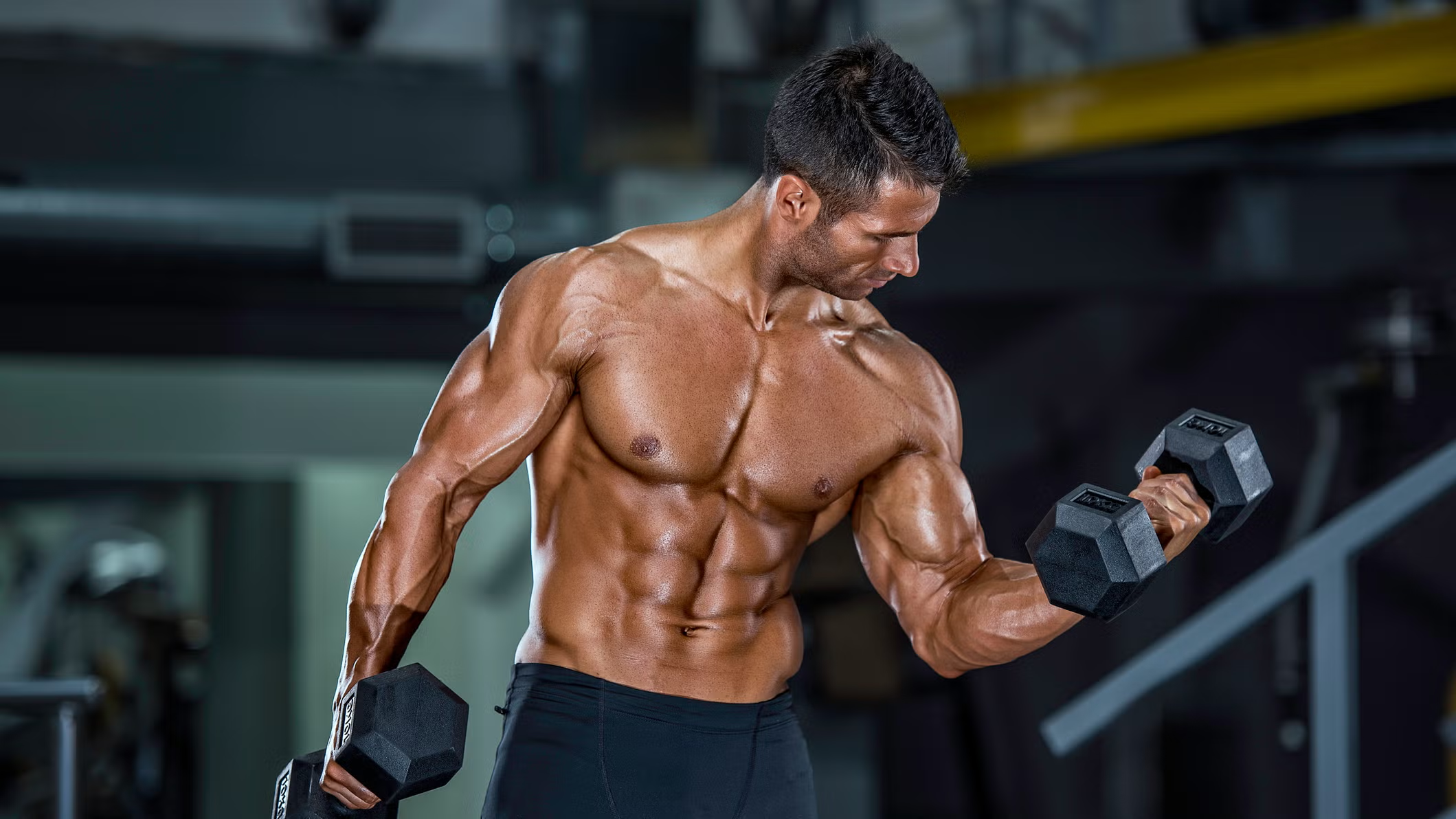When it comes to building a powerful upper body, forearm strength is often overlooked.
However, strong and thick forearms are essential not only for improving grip strength but also for enhancing performance in other exercises like deadlifts, pull-ups, and bench presses.
Plus, muscular forearms give you a balanced and impressive aesthetic.
This guide provides the top 15 workouts to help you build thick, strong forearms while ensuring proper technique and variety to keep your training exciting and effective.
Why Forearm Strength Matters
Before diving into the exercises, it’s important to understand the significance of forearm strength. Here are some of the benefits:
- Enhanced Grip Strength: A strong grip improves your performance in activities like weightlifting, climbing, and even daily tasks such as carrying groceries.
- Injury Prevention: Weak forearms can lead to wrist and elbow issues. Strengthening them helps reduce the risk of injuries.
- Improved Athletic Performance: Whether you’re a tennis player, a rock climber, or a powerlifter, forearm strength is critical for success.
- Aesthetic Appeal: Thick, muscular forearms add balance to your physique and make you look more athletic.
Now that we’ve highlighted their importance, let’s explore the top exercises to develop your forearms.
1. Farmer’s Walk
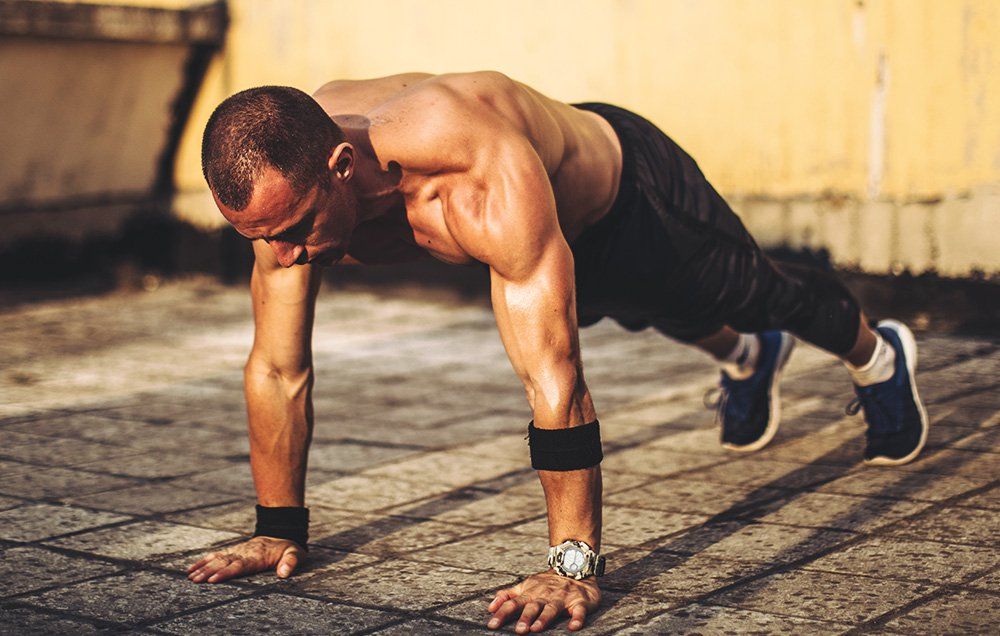
How to Perform:
- Grab a pair of heavy dumbbells or kettlebells.
- Stand tall with your shoulders back and chest up.
- Walk a designated distance while holding the weights at your sides.
Why It Works:
Farmer’s walks are a compound exercise that targets the forearms, grip strength, and core stability.
They’re simple but extremely effective for building endurance and strength in the forearms.
2. Wrist Curls

How to Perform:
- Sit on a bench and hold a barbell or dumbbells with an underhand grip.
- Rest your forearms on your thighs, letting your wrists hang over the edge.
- Curl the weight upward by flexing your wrists, then lower it slowly.
Why It Works:
Wrist curls isolate the forearm flexors, helping you build thickness and strength.
3. Reverse Wrist Curls
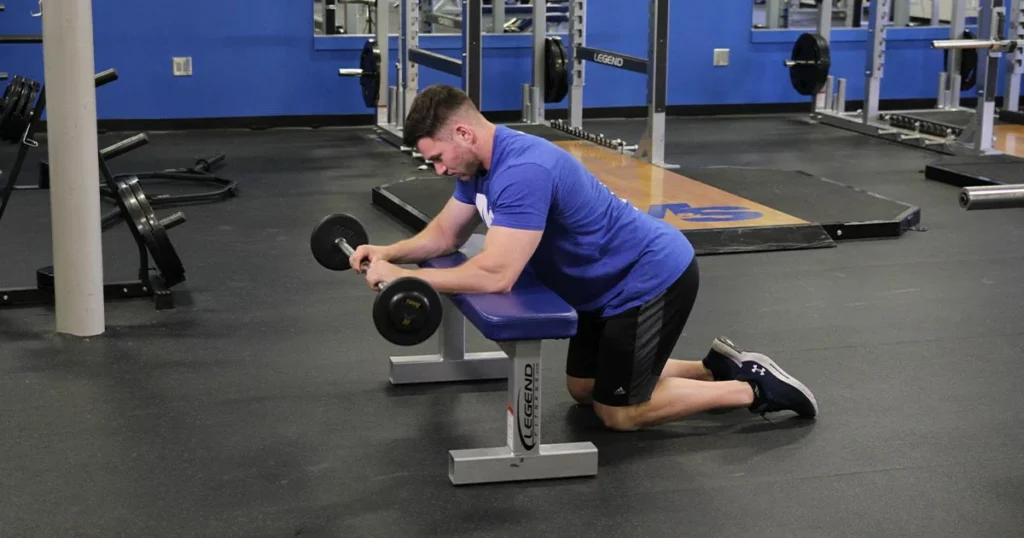
How to Perform:
- Sit on a bench and hold a barbell or dumbbells with an overhand grip.
- Rest your forearms on your thighs, with your wrists hanging over the edge.
- Extend your wrists upward and then slowly lower them back.
Why It Works:
Reverse wrist curls target the forearm extensors, balancing strength development and preventing muscle imbalances.
4. Dead Hangs

How to Perform:
- Grab a pull-up bar with both hands.
- Hang from the bar with your arms fully extended.
- Hold the position for as long as possible.
Why It Works:
Dead hangs improve grip endurance and target the forearms while also decompressing the spine.
5. Hammer Curls
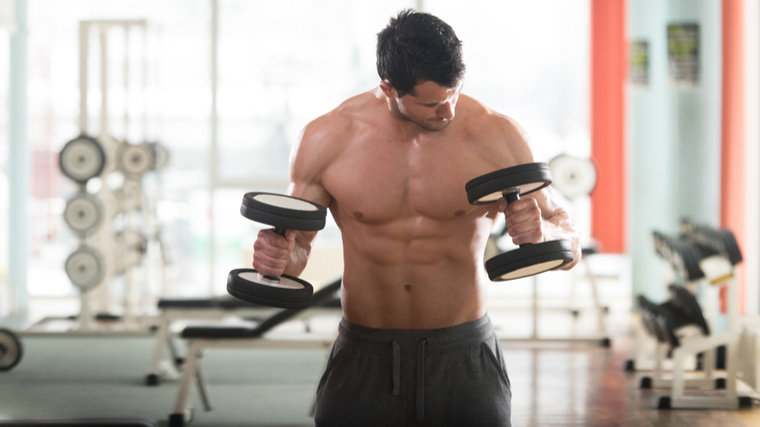
How to Perform:
- Hold a dumbbell in each hand with a neutral grip (palms facing each other).
- Curl the weights upward while keeping your elbows close to your body.
- Lower the weights back down slowly.
Why It Works:
Hammer curls work both the biceps and brachioradialis, contributing to overall forearm size and strength.
6. Plate Pinches
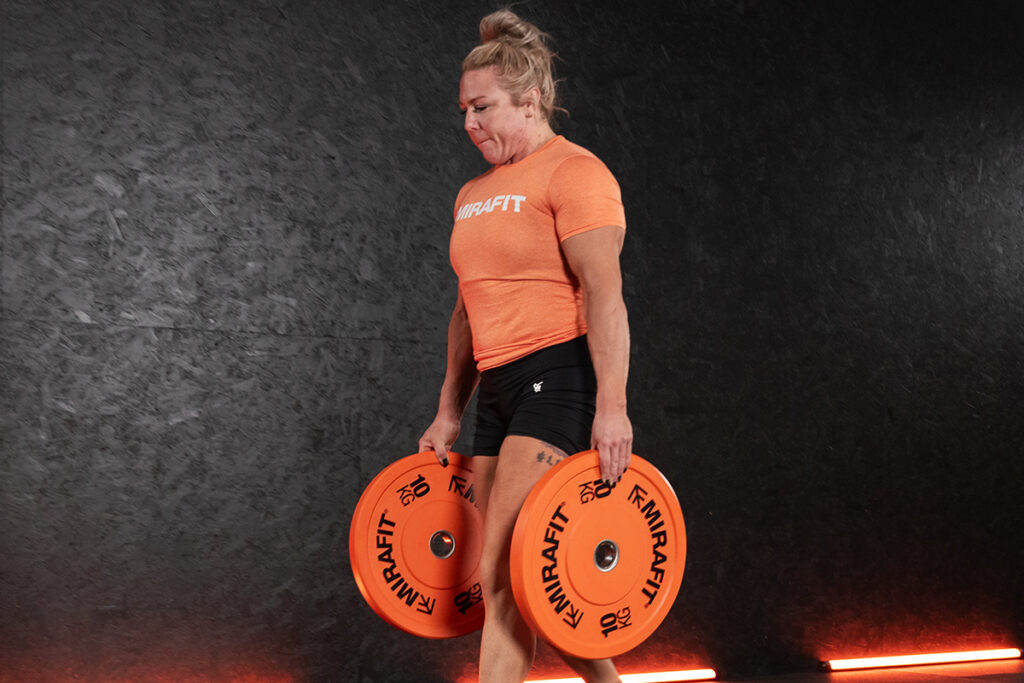
How to Perform:
- Grab a pair of weight plates and pinch them together using just your fingers.
- Hold the plates for as long as you can.
Why It Works:
Plate pinches specifically challenge your grip strength and finger dexterity, leading to thicker forearms over time.
7. Towel Pull-Ups

How to Perform:
- Wrap a towel around a pull-up bar.
- Grab the towel ends and perform pull-ups as usual.
Why It Works:
The towel’s unstable grip makes this a great exercise for developing forearm strength and grip endurance.
8. Zottman Curls

How to Perform:
- Hold dumbbells with an underhand grip.
- Curl the weights upward, then rotate your wrists to an overhand grip at the top.
- Slowly lower the weights back down.
Why It Works:
Zottman curls combine a standard biceps curl with a reverse curl, targeting the forearms and biceps simultaneously.
9. Rope Climbing

How to Perform:
- Use a gym rope or climbing rope.
- Climb upward using your hands and feet, focusing on pulling with your arms.
Why It Works:
Rope climbing is an advanced exercise that heavily recruits the forearms, biceps, and core, improving strength and endurance.
10. Reverse Grip Barbell Curls
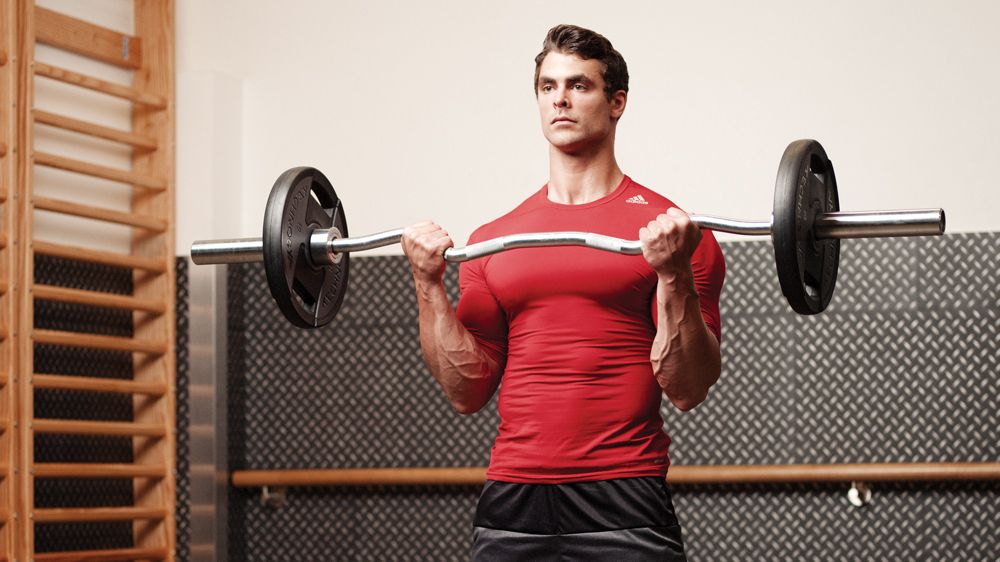
How to Perform:
- Hold a barbell with an overhand grip.
- Curl the bar upward, keeping your elbows close to your body.
- Lower it back down slowly.
Why It Works:
This variation targets the brachioradialis and forearm extensors, contributing to thicker and more defined forearms.
11. Wrist Roller
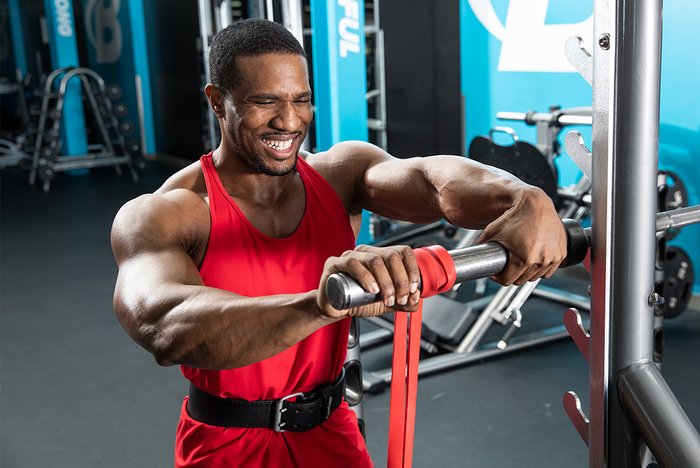
How to Perform:
- Attach a weight to a wrist roller (a short bar with a rope).
- Roll the weight upward by twisting your wrists, then lower it back down.
Why It Works:
The wrist roller is a classic tool for isolating the forearms and building endurance.
12. Grip Crushers

How to Perform:
- Use a grip-strengthening tool or a spring-loaded hand gripper.
- Squeeze the handles together as hard as you can.
- Hold the squeeze for a few seconds, then release.
Why It Works:
Grip crushers are excellent for improving hand strength, which directly translates to thicker forearms.
13. Reverse Grip Dumbbell Rows

How to Perform:
- Hold dumbbells with an underhand grip.
- Bend over slightly and row the weights toward your torso.
- Lower the weights back down slowly.
Why It Works:
This exercise engages the forearms along with the upper back and biceps, making it a great compound movement.
14. Barbell Holds
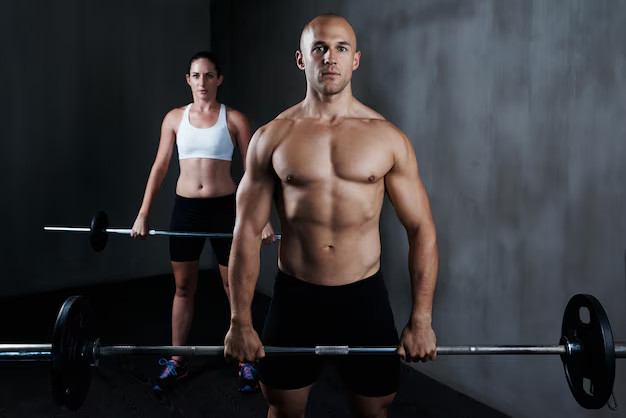
How to Perform:
- Load a barbell with a heavy weight.
- Hold the barbell at waist level with a firm grip.
- Maintain the hold for as long as possible.
Why It Works:
Barbell holds are a simple and effective way to improve grip strength and build forearm endurance.
15. Wrist Rotations

How to Perform:
- Hold a light dumbbell or a weighted stick.
- Rotate your wrist in a circular motion, both clockwise and counterclockwise.
- Perform the movement slowly and under control.
Why It Works:
Wrist rotations target smaller stabilizing muscles in the forearms, improving overall wrist and forearm strength.
Tips for Success
- Progress Gradually: Start with lighter weights and increase the load as your forearms get stronger.
- Focus on Form: Poor technique can lead to injuries, so prioritize proper form over heavy weights.
- Incorporate Variety: Rotate through these exercises to keep your workouts fresh and prevent plateaus.
- Rest and Recover: Allow your muscles adequate time to recover to avoid overtraining.
FAQs About Building Forearms
1. How often should I train my forearms?
You can train your forearms 2-3 times per week. They recover quickly due to their frequent use in daily activities, but avoid overtraining them.
2. Can I build forearms without equipment?
Yes, exercises like dead hangs, towel pull-ups, and bodyweight grip squeezes are effective without equipment.
3. How long does it take to see results?
With consistent training and proper nutrition, you may notice improvements in strength and size within 6-8 weeks.
4. Should I train forearms separately from other muscle groups?
It depends on your goals. Forearms often get worked indirectly during other exercises, but adding direct training can speed up progress.
Building Forearms for a Stronger You
Strong and thick forearms not only enhance your physical appearance but also improve your overall strength and performance.
By incorporating these 15 exercises into your routine, you’ll develop impressive forearms that complement your fitness goals.
Stick to a consistent schedule, maintain proper form, and watch your forearm strength grow over time.
